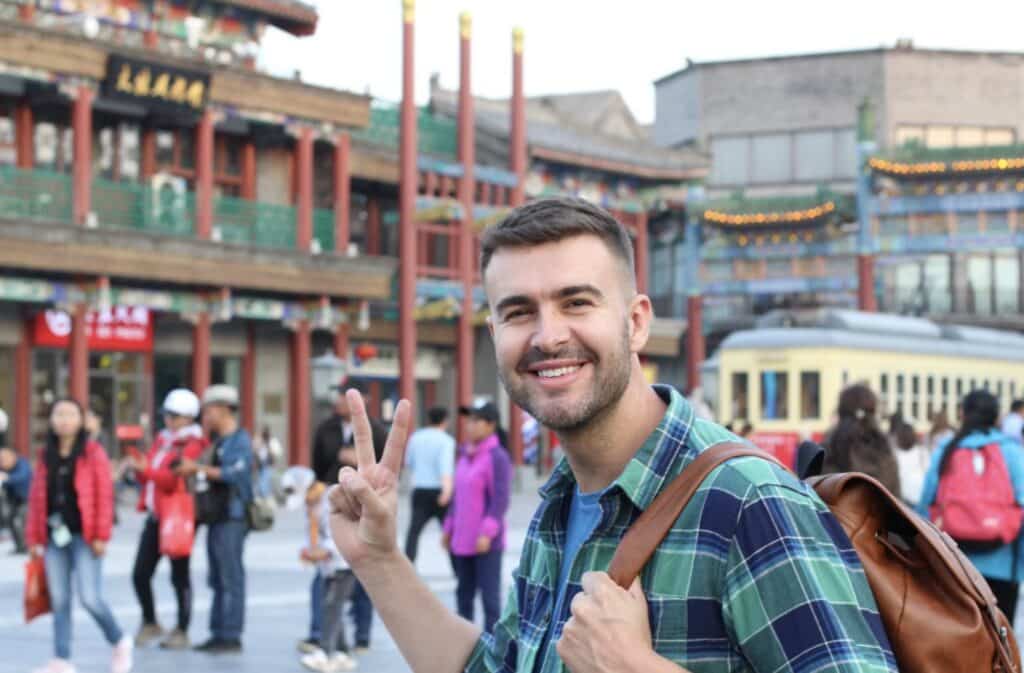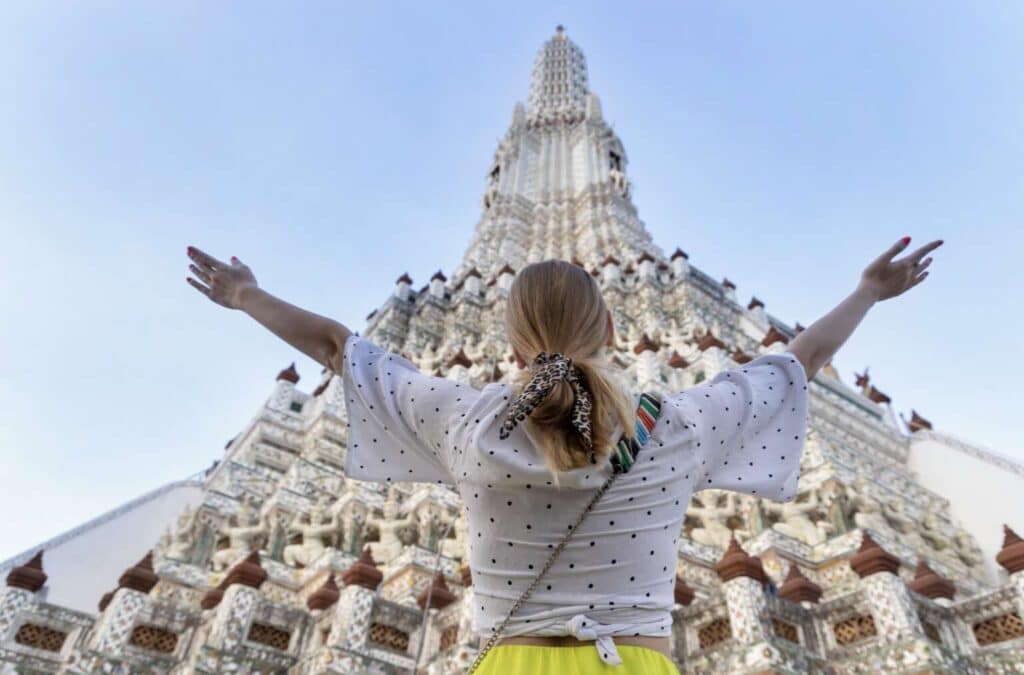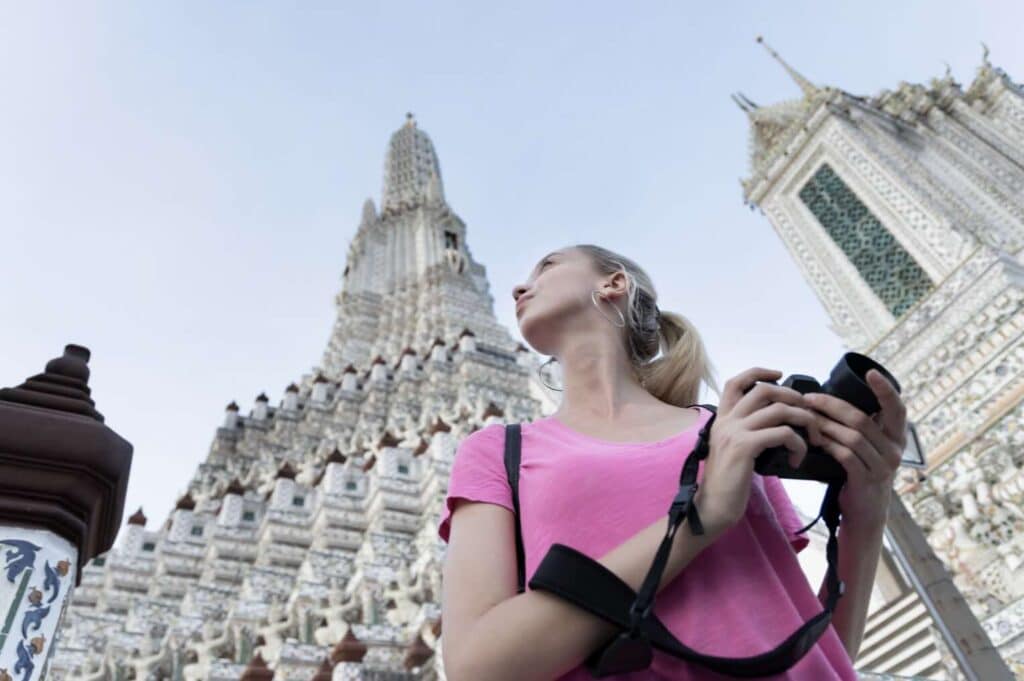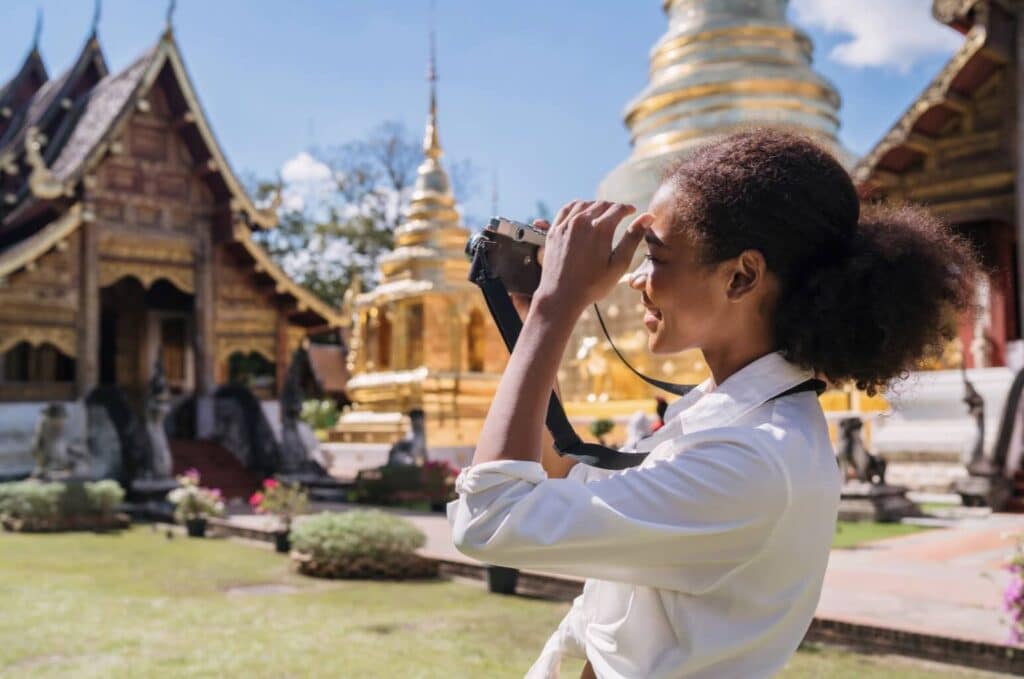Asia, the largest and most diverse continent on Earth, is often misunderstood by outsiders. With its rich tapestry of cultures, languages, histories, and innovations, Asia defies easy categorization. Yet, many Americans—and others—carry misconceptions about the continent, often shaped by stereotypes, outdated ideas, or limited exposure to its realities.
Read on as we take a bold, honest, and enlightening look at ten common misconceptions about Asia, offering clarity and insight into a region that continues to shape the world’s future. Whether you’re an avid traveler, a curious learner, or someone seeking to expand your worldview, this exploration will challenge your assumptions and spark meaningful conversations.
Table of Contents
- 10 Common Misconceptions About Asia That Need to Be Debunked
- 1. Asia Is “Backwards” or “Underdeveloped”
- 2. Asia Is a Single, Homogeneous Entity
- 3. Asian Food Is Only “Cheap Takeout”
- 4. Asia Is “Poor”
- 5. Asian Cities Are “Dirty” or “Chaotic”
- 6. Asians Are All “Quiet and Submissive”
- 7. Asia Is “Stuck in the Past”
- 8. All Asians Look the Same
- 9. Asia Is “Cheap”
- 10. Asians Are “All the Same”
- Understanding Asia Beyond Stereotypes
- Related Questions
10 Common Misconceptions About Asia That Need to Be Debunked
Asia, the world’s largest and most culturally diverse continent, is frequently misunderstood by those unfamiliar with its vast complexity. With its incredible blend of cultures, languages, histories, and groundbreaking innovations, Asia cannot be neatly defined or categorized.
However, many Americans—and others—often hold misconceptions about the continent, shaped by stereotypes, outdated perceptions, or a limited understanding of its true richness. Read on as we debunk 10 misconceptions about Asia.

1. Asia Is “Backwards” or “Underdeveloped”
One of the most pervasive misconceptions about Asia is that it is somehow “backwards” or lagging behind Western nations in terms of development. This couldn’t be further from the truth.
The Reality:
Asia is home to some of the most advanced infrastructure and technology in the world. Countries like Japan, South Korea, and China boast cutting-edge high-speed rail networks that surpass many Western transportation systems. For instance:
- Japan’s Shinkansen (bullet trains) can travel at speeds exceeding 200 mph and are renowned for their punctuality and safety.
- China boasts the world’s most extensive high-speed rail network, with trains connecting cities across vast distances in record time.
- South Korea and Singapore are global leaders in smart cities, with innovations in urban planning, digital connectivity, and green technology.
Beyond transportation, Asia is at the forefront of advancements in AI, robotics, and renewable energy. The idea that Asia is “behind” is simply outdated and uninformed.
2. Asia Is a Single, Homogeneous Entity
Many people mistakenly view Asia as one monolithic culture, lumping together its diverse nations, languages, and traditions into a single category.
The Reality:
Asia is a continent of staggering diversity. It includes 49 countries and spans thousands of miles, encompassing vastly different climates, landscapes, and peoples. Consider this:
- India alone has over 2,000 distinct languages spoken within its borders.
- Southeast Asia, East Asia, South Asia, and Central Asia each have unique histories, cuisines, and cultural practices.
- The traditions of Japan are vastly different from those of Thailand, just as the cultures of Saudi Arabia differ from those of Indonesia.
To truly understand Asia, one must appreciate its complexity and the individuality of its nations and regions.
3. Asian Food Is Only “Cheap Takeout”
For many Americans, their understanding of Asian cuisine is limited to fast-food staples like Chinese takeout, sushi rolls, or pad Thai.
The Reality:
Asian cuisine is incredibly diverse, sophisticated, and deeply rooted in history and tradition. Many of the world’s finest culinary experiences can be found in Asia:
- Japan: Renowned for its Michelin-starred restaurants and masterful sushi chefs.
- China: Offers a rich variety of regional cuisines, from Sichuan’s spicy dishes to Cantonese dim sum.
- India: Known for its complex spice blends and diverse vegetarian options.
- Thailand: Famous for its balance of sweet, sour, salty, and spicy flavors.
Moreover, Asian cities like Bangkok, Tokyo, and Singapore are culinary hubs where you can find everything from street food to world-class dining. The stereotype of “cheap takeout” overlooks the artistry and depth of Asian cuisine.

4. Asia Is “Poor”
While poverty exists in parts of Asia, as it does everywhere, the idea that Asia is universally impoverished is a gross oversimplification.
The Reality:
Asia is home to some of the wealthiest nations and cities in the world. Consider these facts:
- Singapore is one of the wealthiest countries globally, boasting a thriving economy and a high standard of living.
- Tokyo is a financial powerhouse and one of the most expensive cities in the world.
- Shanghai: A hub of luxury, commerce, and innovation, rivaling New York and London.
Many Asian countries have rapidly growing economies, fueled by industries such as technology, manufacturing, and finance. The notion of Asia as “poor” ignores the economic dynamism and prosperity found across the continent.
5. Asian Cities Are “Dirty” or “Chaotic”
Some Americans imagine Asian cities as overcrowded, polluted, or disorderly.
The Reality:
Asian cities are among the cleanest, most efficient, and most futuristic in the world. For example:
- Singapore is famous for its spotless streets and strict environmental laws.
- Tokyo is known for its impeccable public transportation system and orderly urban life.
- Seoul: A city that seamlessly blends ancient traditions with modern architecture and technology.
While some cities in Asia do face challenges with pollution or overcrowding, many have made incredible strides in urban planning, green initiatives, and public services.
6. Asians Are All “Quiet and Submissive”
This stereotype perpetuates the idea that Asians are passive, shy, or overly deferential.
The Reality:
Asia is home to vibrant cultures filled with outspoken individuals, activists, and leaders. For example:
- India: Known for its robust democracy and lively debates.
- Hong Kong: A city famous for its protests and vocal advocacy for democracy.
- South Korea: Home to passionate fans of K-pop, who mobilize globally to support their favorite artists.
Asian cultures value respect and harmony, but this does not mean passivity. Across the continent, people are bold, expressive, and fiercely independent.

7. Asia Is “Stuck in the Past”
Some people view Asia as a region defined by ancient traditions and customs, with a limited connection to modernity.
The Reality:
While Asia is proud of its rich history and cultural heritage, it is also a leader in innovation and modernization. Consider these examples:
- South Korea: A global leader in technology, with companies like Samsung and LG shaping the world’s electronics industry.
- China: Rapidly advancing in renewable energy, AI, and space exploration.
- Japan: Known for its futuristic cities and cutting-edge robotics.
Asia seamlessly blends tradition with progress, offering a unique perspective on how the past and future can coexist.
8. All Asians Look the Same
This stereotype perpetuates harmful generalizations about physical appearance.
The Reality:
Asia is incredibly diverse, and its people reflect this diversity in their physical features, skin tones, and styles. For instance:
- South Asians often have darker skin tones and distinct features.
- East Asians: Have a wide range of appearances, from pale complexions to darker shades.
- Southeast Asians: Represent a mix of ethnicities, with influences from indigenous, Indian, Chinese, and European cultures.
The idea that “all Asians look the same” is not only inaccurate but dismissive of the continent’s rich diversity.
9. Asia Is “Cheap”
Some people assume that traveling or living in Asia is generally inexpensive.
The Reality:
While there are affordable destinations in Asia, many parts of the continent are costly. For example:
- Tokyo is known for its luxury shopping and high cost of living.
- Hong Kong is one of the most expensive cities in the world for housing.
- Singapore offers high-end experiences that rival those of any Western city.
Asia has a wide range of price points, from budget-friendly options to ultra-luxury experiences.

10. Asians Are “All the Same”
This misconception lumps together billions of people into a single stereotype, ignoring their individuality.
The Reality:
Asia is home to people of countless ethnicities, religions, and identities. For example:
- India: A country with Hindus, Muslims, Sikhs, Christians, Buddhists, and more.
- China: Includes Han Chinese, Tibetan, Uyghur, and other ethnic groups.
- Southeast Asia: A melting pot of cultures influenced by indigenous traditions, Indian and Chinese heritage, and colonial history.
Asia’s diversity is one of its greatest strengths, and its people defy simplistic labels.
Understanding Asia Beyond Stereotypes
Asia is a continent of endless complexity, beauty, and innovation. By challenging misconceptions and embracing its diversity, Americans—and others—can gain a deeper appreciation for its contributions to the world.
From bustling cities to ancient traditions, Asia offers something for everyone. It’s time to move beyond stereotypes and celebrate the rich tapestry of cultures, histories, and ideas that define this remarkable continent.
At A Bus On A Dusty Road, we discuss history, travel, life, sailing, and ex-pat living. We are all about “Living Life As A Global Citizen.” We explore social, cultural, and economic issues and travel.
We would love to have you be part of our community. Sign up for our newsletter to keep up-to-date by clicking here. If you have any questions, you can contact me, Anita, by clicking here.
Listen to our Podcast called Dusty Roads. You can find it on all major podcast platforms. Try out listening to one of our podcasts by clicking here.
Subscribe to our A Bus On A Dusty Road YouTube Channel filled with great videos and information.
Related Questions
How Long Did It Take to Build the Whole Great Wall of China?
The Great Wall of China took over 2,000 years to build. The building span many Chinese Dynasties for about 22 centuries. The construction of the wall ended in the Ming Dynasty in 1644. The Great Wall is one of the largest human-made construction projects globally; the Great Wall is over 21,196 kilometers or 13,171 miles. There are over 25,000 watchtowers scattered throughout the Great Wall structure.
You can discover more by reading How Long Did It Take to Build the Whole Great Wall of China? by clicking here.
The Conquer Virtual Challenge Or My Virtual Mission – Virtual Travel
The Conquer Virtual Challenge, also known as My Virtual Mission, is an online platform that allows you to travel the world as you log miles virtually you have traveled (usually through swimming, hiking, biking, cycling, running, rowing, elliptical, walking, or even in a wheelchair). It is a great way to stay motivated and exercise while logging your miles to virtually see other parts of the world. I recommend the Conquer Virtual Challenge.
You can learn more by reading The Conquer Virtual Challenge Or My Virtual Mission – Virtual Travel by clicking here.
What Is A Token Of Gratitude? What Purpose Does It Serve?
A token of gratitude is when we acknowledge that someone has done something great for us, and the thanks we express to them do not match up to their act of kindness; the purpose of a token of gratitude is to show appreciation to another person. Having gratitude is shown to be vital as it helps us to live healthier and happier lives. How we view and use gratitude in our lives will directly impact the quality of our life; this is why gratitude is so essential for our health and well-being.
By clicking here, you can discover What Is A Token Of Gratitude? What Purpose Does It Serve?

